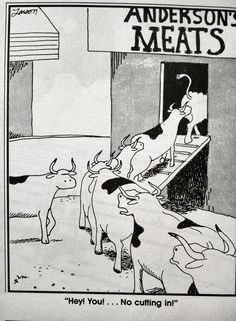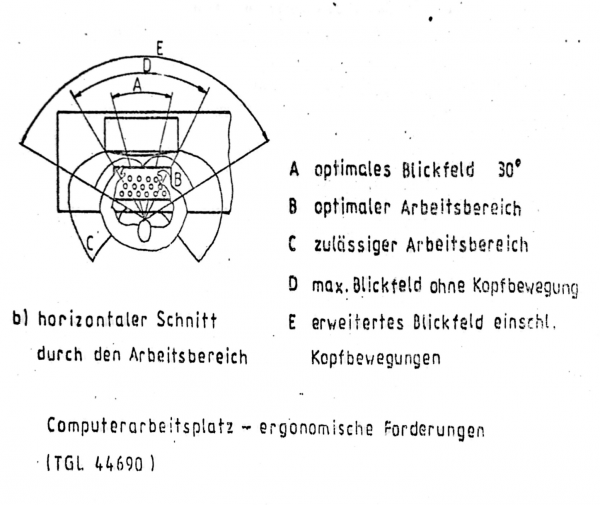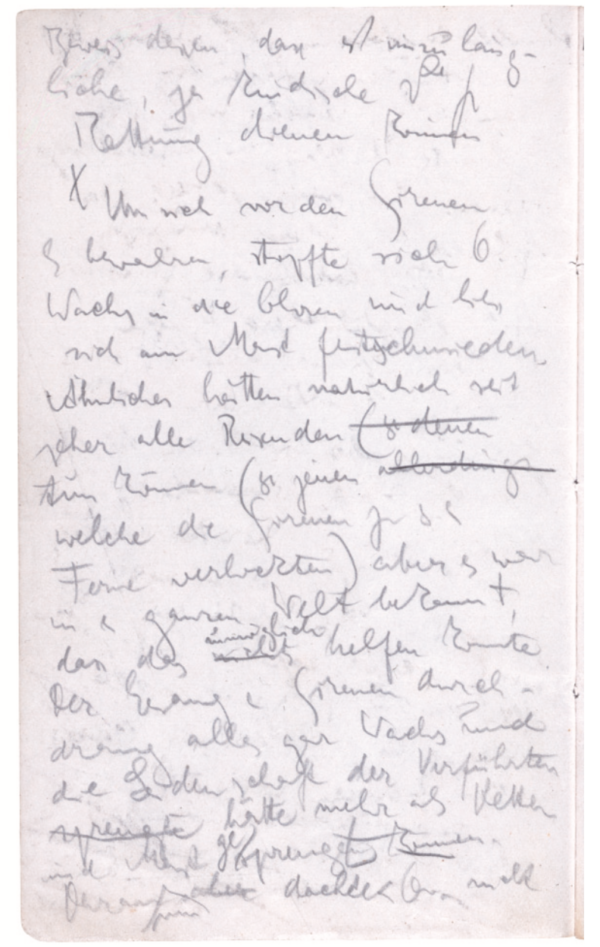After the death of the whale, the next steps are to remove the fat and spermaceti, and to extract the oil, the reward of so much exertion and dangerous enterprise. This process, which is called “cutting in,” is divided into two stages, the cutting in and trying out – in these operations the utmost cleanliness is observed. As soon as possible after the whale has been killed, it is brought alongside the ship to be cut in, by means of instruments which are called “spades.” A man descends upon the floating carcass, after a hole has been cut near the junction of the body with the head by a person stationed on a stage by the side of the ship, into which a large blunt hook is inserted by the man who descends upon the body of the whale for that purpose, and which is called “hooking on;” a troublesome and even dangerous operation in a turbulent sea, from which I have often seen men drawn up by the rope which is always fixed around them, in a completely exhausted state, from having been frequently submersed by the waves as they have rolled over the body of the whale during the time they have been endeavouring to “hook on.” After the hook is inserted it is drawn upon by the pullies to which it is attached, and a tension being exerted upon the fat, or blubber as it is termed, it is then cut by the spade in a strip about two or three feet broad, in a spiral direction around the body of the whale, which being drawn up by means of the windlass acting upon pullies which are fixed to the “main-top,” it is removed much in the same way that a spiral roller or bandage might be; of course as the “blanket pieces” ascend, the body of the whale performs a rotatory motion, until the whole is stripped off to the tail or flukes. The head is cut off in the beginning of the process, and is allowed to float astern of the ship, but strongly secured, until the body has undergone its flaying process, when it is hoisted upon end by the pullies, and the end of the case being opened, the fluid spermaceti is drawn from it by means of a bucket and pole, which is used to force the bucket down into the “case,” so as to become filled with its valuable contents. The “junk,” which forms, when it is cut from the head, a large wedge-shaped mass of cellular substance, having strong ligamentous bands intersecting and strengthening its structure, is hoisted on board, and quickly cut up into square oblong pieces, while the head – after the case has been emptied – is let go, and allowed to sink, which it does rapidly when its buoyant property, the spermaceti is removed. The lean and shapeless trunk, after the fat has been taken from it, is allowed to float away just before the operations on the head commence.
Thomas Beale: The Natural history of the sperm whale […] to which is added a sketch of a south-sea whaling voyage (London 1839) – Chapter XIV: Of the “cutting in” and “trying out”
The “blanket pieces” which are cut from the long strips of fat or blubber, as it is drawn up, with the junk and spermaceti from the case, then pass through different processes in the “trying out;” the two former, being cut up into thin pieces upon blocks called “horses,” are thrown into the “try-pots,” into which the oil is extracted from them by heat. The crisp membranous parts after the oil is extracted, and which are called by whalers “scraps,” serving for fuel; while the spermaceti from the case is carefully boiled alone, and placed in separate casks, when it is called “head-matter.” These operations are not attended with any unpleasant smell, and are very quickly performed, as eighty barrels of oil may be stowed away in the hold of the ship in less than three days after the destruction of the animal.
It was a Saturday night, and such a Sabbath as followed! Ex officio professors of Sabbath breaking are all whalemen. The ivory Pequod was turned into what seemed a shamble; every sailor a butcher. You would have thought we were offering up ten thousand red oxen to the sea gods.
Herman Melville: Moby-Dick; or: The whale (London / New York 1851) – Chapter LXVII: The Cutting-In
In the first place, the enormous cutting tackles, among other ponderous things comprising a cluster of blocks generally painted green, and which no single man can possibly lift – this vast bunch of grapes was swayed up to the main-top and firmly lashed to the lower mast-head, the strongest point anywhere above a ship’s deck. The end of the hawser-like rope winding through these intricacies, was then conducted to the windlass, and the huge lower block of the tackles was swung over the whale; to this block the great blubber hook, weighing some one hundred pounds, was attached. And now suspended in stages over the side, Starbuck and Stubb, the mates, armed with their long spades, began cutting a hole in the body for the insertion of the hook just above the nearest of the two side-fins. This done, a broad, semicircular line is cut round the hole, the hook is inserted, and the main body of the crew striking up a wild chorus, now commence heaving in one dense crowd at the windlass. When instantly, the entire ship careens over on her side; every bolt in her starts like the nail-heads of an old house in frosty weather; she trembles, quivers, and nods her frighted mast-heads to the sky. More and more she leans over to the whale, while every gasping heave of the windlass is answered by a helping heave from the billows; till at last, a swift, startling snap is heard; with a great swash the ship rolls upwards and backwards from the whale, and the triumphant tackle rises into sight dragging after it the disengaged semicircular end of the first strip of blubber. Now as the blubber envelopes the whale precisely as the rind does an orange, so is it stripped off from the body precisely as an orange is sometimes stripped by spiralizing it. For the strain constantly kept up by the windlass continually keeps the whale rolling over and over in the water, and as the blubber in one strip uniformly peels off along the line called the “scarf,” simultaneously cut by the spades of Starbuck and Stubb, the mates; and just as fast as it is thus peeled off, and indeed by that very act itself, it is all the time being hoisted higher and higher aloft till its upper end grazes the main-top; the men at the windlass then cease heaving, and for a moment or two the prodigious blood-dripping mass sways to and fro as if let down from the sky, and every one present must take good heed to dodge it when it swings, else it may box his ears and pitch him headlong overboard.
One of the attending harpooneers now advances with a long, keen weapon called a boarding-sword, and watching his chance he dexterously slices out a considerable hole in the lower part of the swaying mass. Into this hole, the end of the second alternating great tackle is then hooked so as to retain a hold upon the blubber, in order to prepare for what follows. Whereupon, this accomplished swordsman, warning all hands to stand off, once more makes a scientific dash at the mass, and with a few sidelong, desperate, lunging slicings, severs it completely in twain; so that while the short lower part is still fast, the long upper strip, called a blanket-piece, swings clear, and is all ready for lowering. The heavers forward now resume their song, and while the one tackle is peeling and hoisting a second strip from the whale, the other is slowly slackened away, and down goes the first strip through the main hatchway right beneath, into an unfurnished parlor called the blubber-room. Into this twilight apartment sundry nimble hands keep coiling away the long blanket-piece as if it were a great live mass of plaited serpents. And thus the work proceeds; the two tackles hoisting and lowering simultaneously; both whale and windlass heaving, the heavers singing, the blubber-room gentlemen coiling, the mates scarfing, the ship straining, and all hands swearing occasionally, by way of assuaging the general friction.



